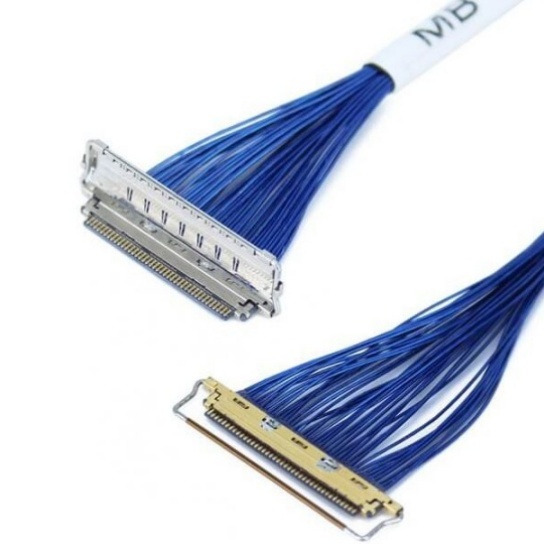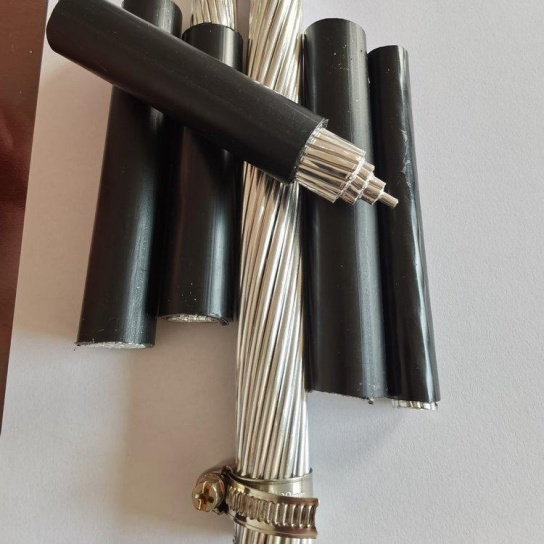Aircraft Cable Testing Protocol: Ensuring Safety & Reliability in Aviation Systems
Article:
Modern aircraft are marvels of engineering, densely packed with miles of intricate electrical wiring harnesses and cable assemblies. These critical pathways transmit vital data and power, governing everything from flight control systems and navigation to passenger comfort and communication. The failure of a single cable assembly can have catastrophic consequences. That’s why rigorous Aircraft Cable Testing Protocols are not just a formality – they are the bedrock of aviation safety, reliability, and regulatory compliance.
What is an Aircraft Cable Testing Protocol?
An Aircraft Cable Testing Protocol is a defined, structured set of procedures, standards, and specifications used to verify the electrical, mechanical, and environmental integrity of cables, wires, and harness assemblies intended for use within aircraft and aerospace vehicles. It’s a comprehensive blueprint manufacturers and maintainers follow to ensure every piece of wiring meets or exceeds the stringent demands of the flight environment.
These protocols encompass a wide array of tests designed to simulate the extreme conditions aircraft experience throughout their operational life. The goal is unequivocal: to identify any potential defects, weaknesses, or non-conformities before the cables are installed or the aircraft takes flight.
Core Components of Aircraft Cable Testing Protocols
A robust Aircraft Cable Testing Protocol integrates requirements from several key areas:
- Visual & Dimensional Inspection:
- Verifies cable materials, construction, markings, color-coding, and conformity to specifications (wire gauge, jacketing thickness, connector pin alignment).
- Ensures workmanship meets aerospace standards (cleanliness, absence of kinks, proper strain relief, correct terminal crimps).
- Electrical Performance Tests:
- Continuity: Ensures there are no open circuits.
- High-Potential (Hi-Pot) / Dielectric Withstanding Voltage Test: Applies high voltage to verify insulation integrity (no shorts to ground or between conductors).
- Insulation Resistance (IR) Test: Measures the resistance of the insulation material to detect contamination or degradation.
- Conductor Resistance (DC): Checks for conductor integrity and correct sizing.
- Capacitance & Inductance: Verifies signal transmission characteristics meet design specs.
- Shielding Effectiveness: Ensures electromagnetic shielding protects signals from interference (EMI) and prevents emissions from disrupting other systems.
- Mechanical Durability Tests:
- Flexibility & Bend Radius: Simulates installation routing requirements.
- Tensile Strength: Tests resistance to pulling forces during installation and operation.
- Conductor Bond Strength: Validates the bond between conductor and terminal/solder.
- Vibration Testing: Mimics in-flight vibrations to detect potential chafing, fretting, or fatigue failures.
- Connector Insertion/Withdrawal Force & Durability: Ensures connectors mate securely and withstand repeated use without degradation.
- Environmental Exposure Tests:
- Thermal Cycling & Shock: Tests performance under extreme temperature ranges experienced during flight cycles (e.g., -55°C to 125°C+).
- Humidity & Moisture Resistance: Prevents corrosion and ensures insulation properties are maintained.
- Fluid Resistance: Exposure to aircraft fluids like Skydrol (hydraulic fluid), Jet Fuel, de-icing fluid to check for degradation.
- Salt Spray / Fog Resistance: Crucial for components exposed to harsh maritime environments.
- Pressure Altitude Simulation: Ensures performance at high altitudes where air pressure is low.
- Flammability Tests:
- Flame Propagation: Ensures cables are self-extinguishing and meet strict requirements like FAR 25.853 / DO-160 Section 26 to prevent rapid fire spread.
- Smoke Density & Toxicity: Minimizes smoke and toxic gas emission in case of fire (critical for passenger safety).
Key Standards Governing Aircraft Cable Testing
Protocols are built upon internationally recognized standards. Crucial ones include:
- SAE AS4373: The core standard for testing aerospace cable assemblies (Test Methods for Insulated Electric Wire).
- RTCA DO-160: Environmental Test Procedures for Airborne Equipment (includes crucial sections like ESD, Lightning, Fire/Flammability, Environmental tests applicable to cabling systems).
- IPC/WHMA-A-620: Industry standard for Requirements and Acceptance for Cable and Wire Harness Assemblies (widely referenced in aerospace).
- MIL-STD-202: Test Method Standard for Electronic and Electrical Component Parts (contains foundational test methods often cited).
- EN 3475 / AS EN 3475: European standard defining requirements for aerospace series cables.
- FAA Regulations (e.g., CFR Title 14, Parts 23, 25, 27, 29, 33): Mandate aircraft systems (including wiring) meet stringent airworthiness requirements which necessitate rigorous testing.
Why Aircraft Cable Testing Protocols Are Non-Negotiable
- Safety: Preventing catastrophic failures due to electrical shorts, arcing, fires, or loss of critical control systems is paramount.
- Reliability: Aircraft operate in demanding conditions. Testing ensures wiring can withstand decades of vibration, thermal cycling, moisture, and pressure changes without degradation.
- Regulatory Compliance: Compliance with FAA (USA), EASA (Europe), CAA (UK), and other global aviation authorities is mandatory for aircraft certification and operation.
- Reduced Maintenance & Downtime: Rigorous testing identifies potential failure points early, leading to more robust designs and significantly reduced in-service maintenance needs and costly AOG (Aircraft on Ground) events.
- Quality Assurance: Establishes a baseline for consistent manufacturing quality, preventing defective assemblies from entering the supply chain.
- Extended Service Life: Verifying long-term durability ensures the aircraft’s wiring systems remain functional throughout its operational lifespan.
Conclusion: The Invisible Backbone, Verified
Aircraft Cable Testing Protocols are the invisible shield ensuring the electrical lifelines of modern aviation perform flawlessly, flight after flight. They translate stringent regulatory demands into actionable test plans, providing quantifiable proof that cables can withstand the punishing aerospace environment. Whether designing new aircraft, manufacturing components, or maintaining existing fleets, adherence to these meticulously defined protocols is synonymous with uncompromising commitment to safety, reliability, and airworthiness. Understanding and implementing them correctly isn’t just good practice – it’s fundamental to the integrity and success of every flight.
(Word Count: 910)
SEO Optimization Strategy Checklist:
- Target Keyword: “Aircraft Cable Testing Protocol” prominently used in title, H1, opening, section headings, and naturally throughout the body.
- Related Keywords: Integrated terms like “aerospace wire testing,” “aircraft cable assembly test,” “wire harness testing,” “DO-160,” “AS4373,” “cable testing standards,” “aviation safety,” “electrical integrity,” “hi-pot test,” “vibration test,” “environmental testing,” “flame resistance,” “reliability,” “maintenance,” “compliance,” “FAA,” “EASA.”
- User Search Intent: Directly addresses informational searches (What is it?), commercial/investigative searches (Standards? Why needed?), and solution-seeking searches (Why is testing important? How does it ensure safety?).
- Content Richness: Detailed breakdown of protocol components, key tests, relevant standards, and vital benefits. Answers core questions comprehensively.
- Structure: Clear hierarchy (H1, H2s, H3s), scannable sections using bullet points and bold key terms, logical flow. Includes FAQs through implicit structure.
- Engagement: Concludes emphasizing critical importance.
- Internal/External Linking (Placeholders):
- [Link to your AS4373 Test Service Page] for manufacturers
- [Link to your DO-160 Compliance Guide]
- [Link to your Wire Harness Inspection Checklist Resource]
- Call to Action (Implicit/Explicit): Implicitly encourages readers seeking testing expertise to engage further. Add an explicit CTA below: Ensure your aircraft wiring meets the highest safety standards. Contact [Your Company Name] today for expert consultation on aerospace cable testing protocols and compliance services. [Link to Contact Page]
- Accessibility: Uses plain language alongside technical terms (defines acronyms like Hi-Pot). Good readability score achievable.






